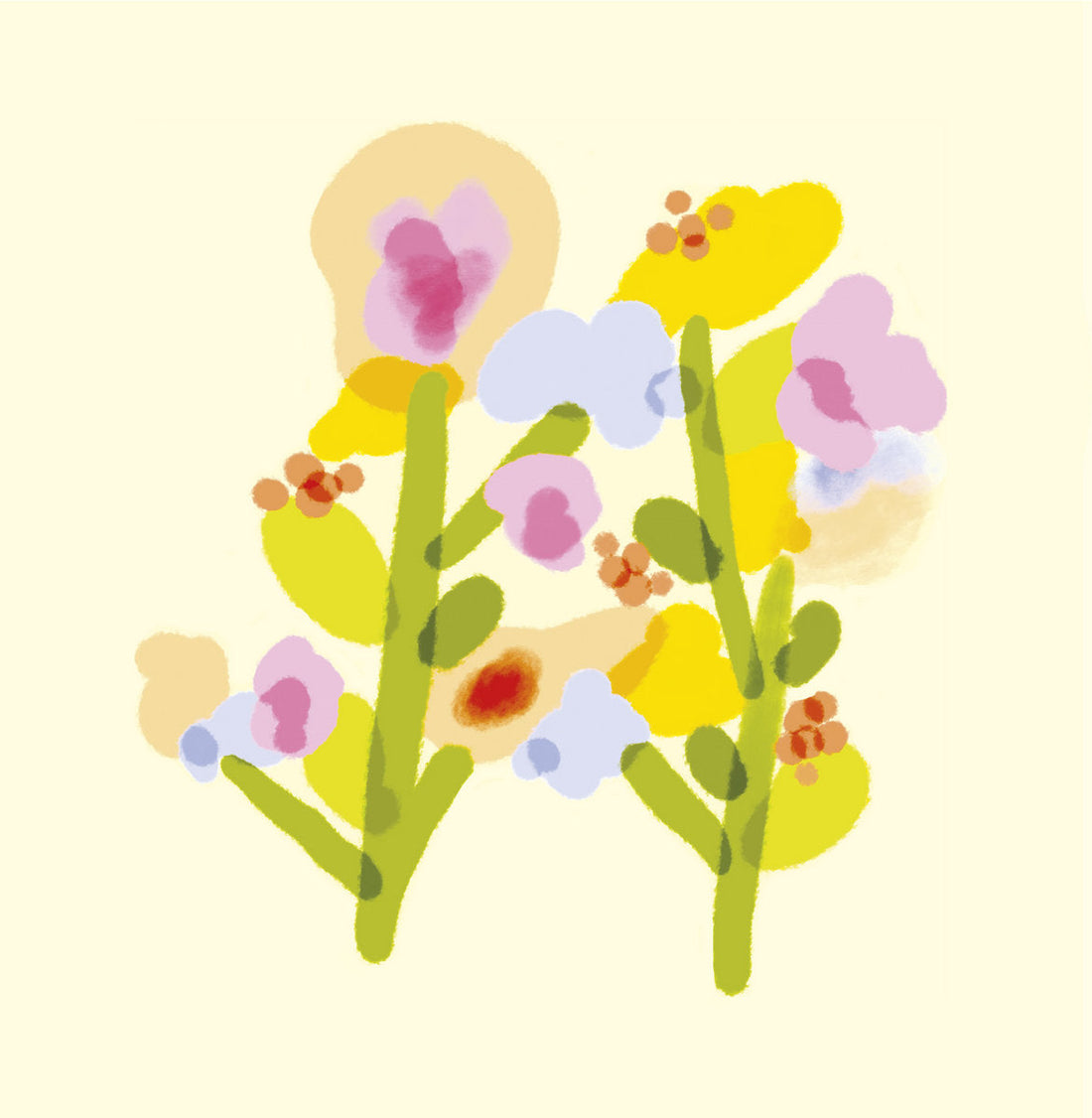
Olli Aarni - Kuvioita (Ultraääni)
Share
''The world is rearranging itself. The winds sweep away our misery. We need space for simplicity and calmness. The humming synchronizes with the hissing of my nervous system. I'm breathing. There is beauty.''
– Tanja Tiekso
Olli Aarni’s latest LP, Kuvioita, released on the Tampere-based label Ultraääni, marks another instance of his careful, nuanced approach to sound. Aarni’s repertoire has often been characterized by a deep sensitivity to timbre, texture, and atmosphere, and this new work - centered around piano - extends that trajectory. Known for his adept handling of ambient and electroacoustic elements, Kuvioita strips down his sonic palette to its essence. The piano is the sole instrument, but it is played with a delicacy that amplifies the emotive and spatial qualities of the sound, rendering the silence between the notes almost as meaningful as the notes themselves.
From a technical perspective, the stereo imaging of the record is especially notable. The subtle distribution of the piano in the mix creates an immersive experience that draws attention to the spatial depth and interplay of the sound. It feels as though the listener is positioned not just in front of the instrument, but within the resonant body of the piano itself, each delicate touch reverberating in an expansive, carefully shaped acoustic space. This sonic precision invites an intense, almost intimate form of listening.
What differentiates Kuvioita from many contemporary minimalist piano works is the palpable sense of atmosphere, which can be described as both serene and subtly unsettling. Comparisons to Brian Eno’s Music for Airports are apt, but Aarni's work possesses a distinct Nordic sensibility. The slowness of the compositions, combined with the fragility of the playing, conjures up imagery of cold, wintry landscapes - snow falling gently in the dead of night, muffling the world beneath its weight. The piano’s notes hang in the air like fragile ice crystals, their reverberations akin to a breeze passing through a forest of frozen trees. This sense of temporal suspension - where time seems to slow and stretch - is a hallmark of Aarni’s aesthetic vision.
The pacing of the album is deliberately meditative. Each note is given ample time to breathe, echoing the influence of minimalism, but there is also a ghostly quality in the spaces between, evoking Morton Feldman’s late works, where duration becomes the primary means of shaping perception. The listener is compelled to focus on the decay of each tone, the grain of the recording, and the quiet tension in the silence that follows. Aarni uses this approach to create a liminal space, one in which the listener floats between consciousness and dream, much like the twilight zone of falling asleep or waking up on a snowy morning.
Aarni’s recordings have always been marked by an attention to the materiality of sound, and in Kuvioita, this is particularly evident in the choice to emphasize the piano’s mechanical and acoustic properties. The sound of the keys being pressed, the action of the hammers, the faint resonance of the strings - these tactile elements become part of the composition itself, reminding the listener of the instrument’s physicality even as the music invites an abstract, contemplative mood. This attention to sonic detail reflects a broader trend in contemporary ambient and experimental music, where the materiality of sound is foregrounded as an aesthetic choice, challenging the notion of music as purely immaterial or transcendent.
The release of Kuvioita on Ultraääni, a label that has been on a particularly fruitful run, is fitting. The label’s recent output has demonstrated a keen interest in music that defies easy categorization, operating in the interstices between ambient, experimental, and jazz traditions. To me, Aarni’s work fits seamlessly into this milieu.
In terms of cultural context, Aarni’s music can be seen as part of a broader Finnish engagement with landscape and environment, often expressed through subtle, atmospheric forms of sound art (for example Ahti & Ahti`s Why Do Birds Suddently Appear, Lau Nau`s Puutarhassa and heck even my Kasveille & Eläimille long player). The sense of slowness and quietude in Kuvioita reflects not only a deep connection to the Nordic environment but also resonates with current trends in ambient music, where simplicity and reduction are often used as tools to reflect on themes of solitude, isolation, and introspection - experiences that are particularly heightened in the long, dark Finnish winters. There is an undercurrent of melancholia in Kuvioita that speaks to this cultural backdrop, though it is never heavy-handed or overly sentimental.
In sum, Kuvioita stands as a testament to Aarni’s hopefully ongoing exploration of the piano as an instrument capable of conveying profound stillness and subtle emotion. By focusing so intently on the nuances of sound and silence, he draws the listener into an introspective space that reflects both the personal and the environmental. The album, much like the quiet snowfall it evokes, is a slow accumulation of delicate gestures, each one contributing to a larger, more contemplative whole. It is a record that rewards careful listening, inviting the audience to linger in its spaces and, in doing so, to reflect on the spaces within themselves.
